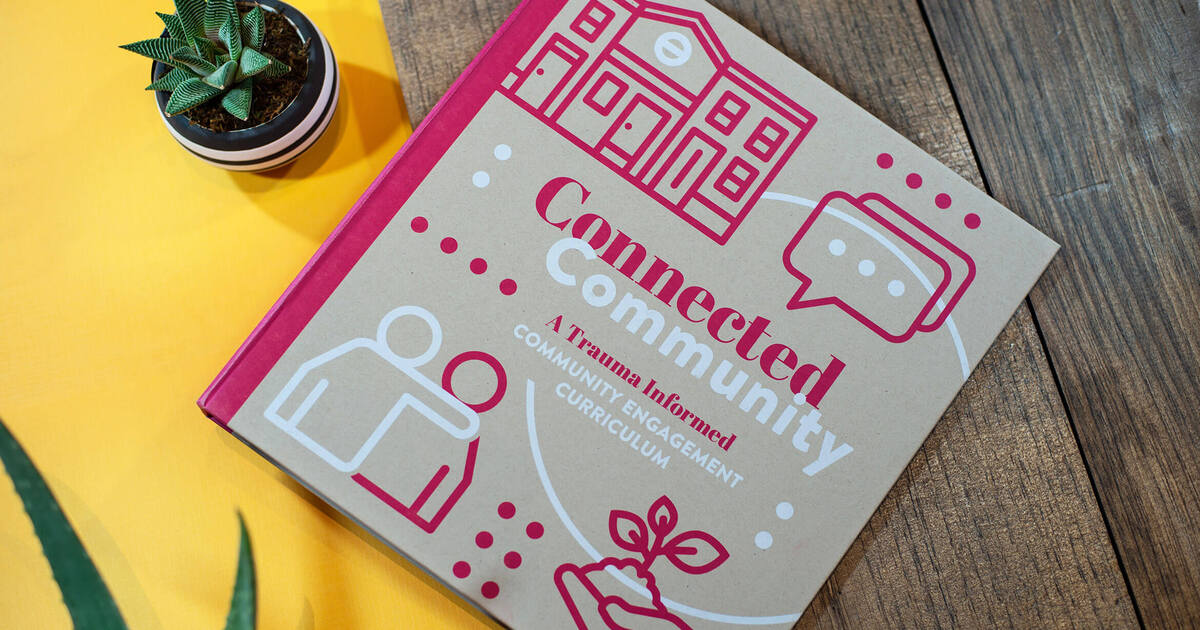
17 Feb What Are The Different Types of Childhood Trauma?
As a child, you have a multitude of experiences that shape the adult you will become. Family, friends, and environment all impact how you will grow and interact with the world. Your childhood may have been a magical part of your life, but could also have been a time of intense vulnerability and trauma. Several studies suggest that this is the case for nearly 60% of the adult population in the United States.
This article discusses three main categories of trauma: physical, emotional, and community. These are very broad groupings. Trauma is a complex network of cause and effect, and there is lots of crossover between these categories. But understanding the types of childhood trauma will help you identify what you have experienced and help validate what you may have been through., No matter what, you deserve to start healing.

Physical Trauma
Some of the most visible types of traumas are physical. These traumas involve injury to a child’s body. They do not have to involve long-term injuries to count as trauma, rather it is the impact they have on the child that makes them traumatic. They may involve intentional harm, such as bullying and abuse, but can just as easily be the result of an accident or even a necessity. For example, many children experience medical trauma when they undergo medical procedures at a young age. Even if the procedure is necessary the fear and lack of understanding can leave a lasting impact.
Not every incidence of physical harm in someone’s childhood will leave them with trauma. It all comes down to how they experience and react to the event, and how the people around them care for them afterwards. Making sure that a child has space to process injuries and frightening experiences is an important step towards helping them, so the trauma doesn’t follow them into adulthood.
Some examples of physical trauma include:
- Physical abuse: hitting, pushing, slapping, throwing, or otherwise physically harming a child.
- Bullying: This often involves similar types of injury but is more often perpetrated by peers.
- Sexual abuse: Any sexual act performed on a child, including touching or handling in inappropriate ways.
- Physical accidents: Incidents where the child is unintentionally harmed, which cause pain or fear.
- Medical trauma: A child endures frightening medical procedures. This is often worse the younger they are because they cannot comprehend what is happening to them.

Emotional Trauma
Emotional trauma can be harder to spot while it’s happening, and its long-term effects can be more difficult to see. This kind of trauma does not leave physical scars, but still results in enduring pain. Just like physical trauma, children can be hurt emotionally by peers and caregivers who are abusive, or they can experience accidental trauma if their emotional needs are not met or validated by the people around them. Loss and grief are other sources of emotional trauma, especially if the child isn’t allowed to process their feelings in a safe space, or if the loss creates upheaval in their environment. Emotional trauma can be easier to miss, and therefore harder to treat. And it’s often harder for adults who experienced emotional trauma in their childhoods to recognize it or see how it has affected them.
Some examples of Emotional Trauma Include:
- Verbal and emotional abuse: A child is belittled, insulted, or terrorized with words. This kind of abuse may include manipulation, gaslighting, shaming, and other harmful behaviors.
- Emotional neglect: Caregivers who are distant or invalidating can cause emotional harm by leaving a child’s emotional needs unmet. This can create later problems with intimacy and trust.
- Grief: The loss of a loved one or home can cause intense feelings of loss and instability. A child can experience intense grief even over what might seem like an insignificant loss.
- External trauma: Witnessing the abuse of a parent or family member or living in a home where someone is dealing with mental illness or addiction can also cause significant distress. The child doesn’t have to be the target to experience the trauma.

Community Trauma
Childhood community traumas are those that don’t necessarily happen inside the child’s home or immediate social circle, but which still have a strong impact on their sense of safety and security. These are often traumas centered around systematic issues that produce violence and discrimination. Living in a community with a high level of violence leaves children feeling unsafe and stressed during their formative years. And they may experience further violence and discrimination outside of their community because of their background, causing further isolation.
Events like wars and natural disasters cause similar traumas on a larger scale. They expose a child to fear, loss, and instability. They also often involve the child having to leave their home to relocate or become a refugee. These events are difficult for adults, but children often don’t have the context to understand what’s happening to them and why their lives are being torn apart. This uncertainty increases the impact of these traumas. This is made worse by the fact that there are often inadequate mental health resources available in the aftermath of these disasters.
Trauma is a complex subject. No matter what kind someone experienced. It leaves a lasting mark, which can lead to both physical and emotional problems later in life. In the next blog post, we will talk about Inner Child work, which is an effective method for healing from these traumatic childhood experiences. Working through your childhood trauma is one of the best ways to ensure further happiness as you move forward in your life.


No Comments